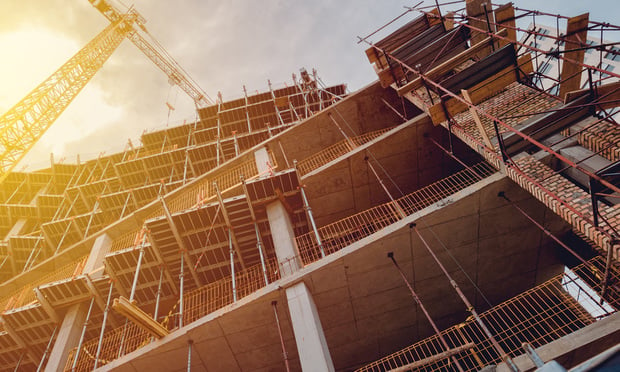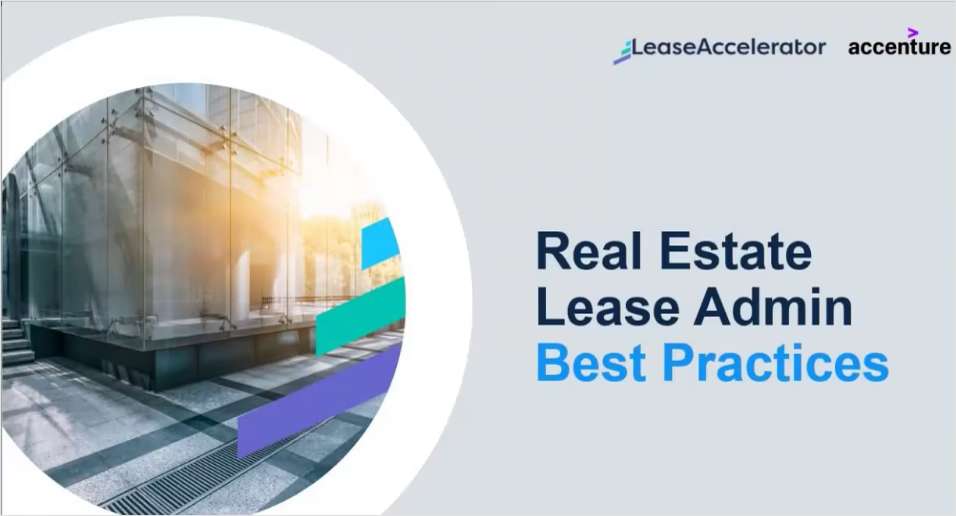LOS ANGELES—Anyone over the age of 10 in Los Angeles is aware of the considerable multifamily development underway in the downtown market. There are currently 10,000 units, 2,000 of which are condo units, under construction and thousands more in the pipeline, but Jim Andersen, SVP at Trammell Crow Co., tells GlobeSt.com that those numbers are no where near enough to meet demand, noting that Mayor Eric Garcetti recently called for 125,000 new apartment units in Los Angeles. Andersen is speaking at the RealShare Apartments conference on October 22 on the New Downtown: Thinking Beyond Multifamily panel. To get an update on the new market, how it is evolving and where there is still room for growth, we sat down with Andersen for an exclusive interview. Here he gives us a sneak peak of his thoughts for the panel.
GlobeSt.com: Give me an update on the multifamily in Los Angeles. How does it look today compared to this time last year?
Jim Andersen: The market continues strong growth and expansion. Rents are up, occupancies have tightened regionally and new multifamily supply is being delivered consistently. Lease up performance has been strong in most submarkets, averaging nearly a unit rented per day. Further, institutional capital continues to recognize the severe supply shortage in Los Angeles by continuing to both invest in new construction and the acquisitions of core assets.
GlobeSt.com: You are speaking on the Downtown Los Angeles panel at the upcoming RealShare Apartments. How does the multifamily market downtown compare to Los Angeles as a whole?
Andersen: Downtown has gone through a tremendous renaissance in the last 10 years. Initially, LA Live and Staples Center acted as a catalyst for Downtown's burgeoning restaurant scene. As the infrastructure and character of Downtown became compelling, combined with favorable zoning and strong political support, multifamily blossomed. This coincided with the continued expansion of the Metro and Light Rail systems that connected Downtown to all corners of Los Angeles County. With this backdrop, and considering how difficult it is to develop new apartments throughout the region, Downtown Los Angeles has gotten a disproportionate amount of new development. That being said, every time a new project is delivered, Downtown gets better; more restaurants, grocery stores, shops and street activation, and more residents to patronize them. Investors can clearly see that Downtown is now a destination of choice for renters from all over the region, and this momentum is just accelerating. A new generation of renters is growing up with the idea that Downtown is cool, has more energy and vitality than most neighborhoods in Los Angeles, and is a place to live, not just work.
GlobeSt.com: Downtown Los Angeles has 10,000 units under construction and another 4,000 in the pipeline. Do you think we are at risk of over-building?
Andersen: No. The regional demand for housing is severely underserved. Recently, Mayor Garcetti set a goal of 125,000 housing units for the region by 2021 to relieve the severe housing crunch. It is very likely that we won't hit that goal for many reasons, but in large measure due to the cost and difficulty of the process of entitlement in Los Angeles. Downtown may be experiencing a large volume of development relative to historical numbers, but taken as a region (which must be done to measure true demand), the production of housing is not even keeping up with household formation. Primarily due to the fact that downtown has only been a first choice destination for renters in the last 5-to-7 years, there has been strong political support for the redevelopment of Downtown. As this unfolds, neighborhoods are forming and evolving their own character. Submarkets are forming with their own unique flavor, and appealing to different renter segments, such as the Arts District, Chinatown, South Park and Bunker Hill. As these boroughs continue to develop, the offerings will continue to differentiate themselves, drawing more renters from suburban areas not well served by transportation or as rich in nightlife and energy. The renaissance of Downtown is just beginning.
GlobeSt.com: Multifamily has now been the darling of the market for years, but lately, there have been some investors moving capital from multifamily into office product. Do you think that multifamily is no longer the top investment class?
Andersen: Multifamily is an investment class that is generally considered lower risk, due to the fact that the product re-prices daily, and commits to terms of a year or less. Any economic slowdown can be recovered from faster than any other, and demographics can predict growth over time. For this reason, Multifamily will usually be near or at the top of the list for investors. There is recognition, however, demand for Office and Industrial has picked up considerably, and thus will compete for investment allocation. This is the sign of a healthy market.
GlobeSt.com: What types of multifamily investments are providing the best returns at this point in the cycle?
Andersen: As with the national trend towards urbanization, sites with a sense of place, with street activation and walkability with access to transportation will always be favored by renters, and in the long run produce superior returns. Sticking to these principals will serve investors well, now and in the long term.
Want to continue reading?
Become a Free ALM Digital Reader.
Once you are an ALM Digital Member, you’ll receive:
- Breaking commercial real estate news and analysis, on-site and via our newsletters and custom alerts
- Educational webcasts, white papers, and ebooks from industry thought leaders
- Critical coverage of the property casualty insurance and financial advisory markets on our other ALM sites, PropertyCasualty360 and ThinkAdvisor
Already have an account? Sign In Now
*May exclude premium content© 2024 ALM Global, LLC, All Rights Reserved. Request academic re-use from www.copyright.com. All other uses, submit a request to [email protected]. For more information visit Asset & Logo Licensing.








